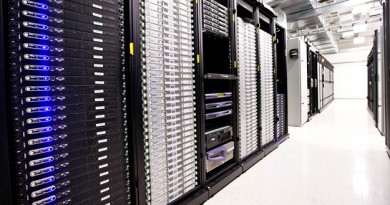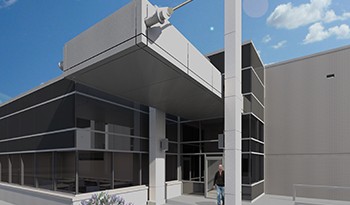What the software-defined data center really means
Just as the world changed when isolated networks became the Internet, computing is about to make a quantum leap to “data centers” abstracted from hardware that may reside in multiple physical locations.
The key enabler of the software-defined data center is virtualization. We can now virtualize and pool the three key components of computing: servers, storage, and networking. At the same time we are reaching a critical mass of sophistication in being able to slice, dice, and compose those pooled virtual resources.
The least mature technology to enable the software-defined data center has been network virtualization. But work is under way at Arista, Cisco, Microsoft, and VMware — the last getting a boost from the acquisition of Nicira — to allow virtual networks to be provisioned, extended, and even moved within and across physical networks as quickly and easily as we now create and migrate virtual servers.
What does it mean to be able to create software-defined data centers? Imagine if, based on the requirements of key applications, you could wave a mouse and provision a data center to match, configuring pooled resources to meet those requirements point by point. Multiple software-defined data centers could use overlapping physical infrastructure so that each tenant could have its own virtual network with its own authentication and authorization scheme, without the availability and scalability limitations of conventional VLANs.
Evolving standards
An early use case of this type of software-defined infrastructure surfaced last week, when eBay went public about its implementation of OpenStack and the Nicira Network Virtualization Platform (NVP). But for network virtualization to proliferate, standards must take root. There are two competing standards for network virtualization: VXLAN and NVGRE. The OpenFlow protocol stack, which establishes a standardized interface for controlling network switches, supports VXLAN and also enjoys the backing of most network equipment vendors.
Another important piece of the puzzle is Quantum, the evolving networking component of the open source OpenStack project. Quantum provides an application-level abstraction of network resources and features an API for plugging in virtual switches, such as Cisco’s Nexus line or the open source Open vSwitch. This fall will see the first release of OpenStack to include Quantum as well as an improved version of the Compute (Nova) component.
Data Center Talk updates its resources everyday. Visit us to know of the latest technology and standards from the data center world.
Please leave your views and comments on DCT Forum


